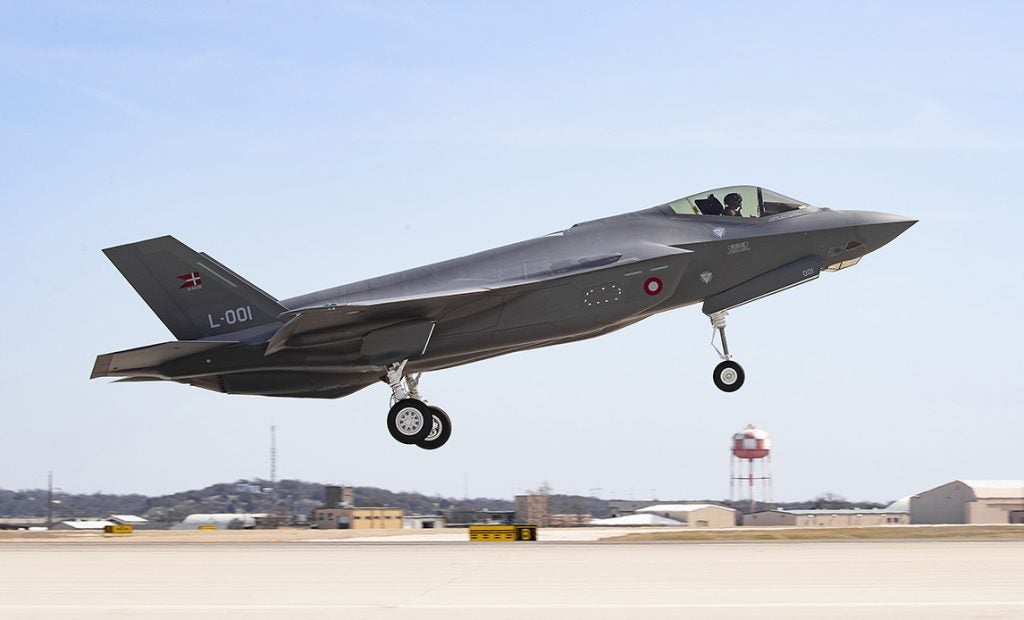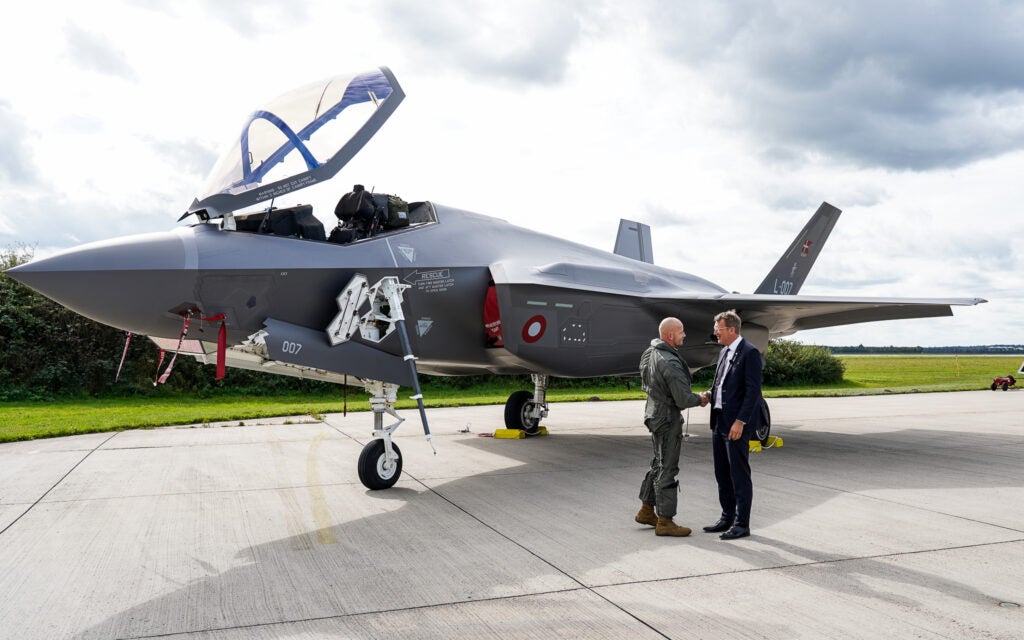Denmark’s First F-35s Arrive Home
Lockheed Martin have delivered the first four of Denmark’s F-35A fighters. The first of the aircraft to be based in Denmark landed at the Royal Danish Air Force’s Fighter Wing Skrydstrup on 14 September.
Denmark has so far received 10 of the 27 F-35As ordered with six of those aircraft currently remaining in the US to support training operations. Brigadier General Prince Joachim of Denmark, who was recently appointed Defense Industrial Attaché, oversaw the arrival of Denmark’s new F-35 Lightning IIs. “The F-35 is a huge step forward in technology. The arrival of the F-35 provides Denmark and the Danish Armed Forces a beacon to transform the armed forces to 5th Generation,” Prince Joachim continued, “it is a pleasure to note that this unique piece of military hardware also holds Danish industrial components and is testimony to the close ties between the United States and Denmark.”

The Danish government announced the selection of the F-35A in 2016, ordering 27 F-35As to replace the Royal Danish Air Force’s current fleet of F-16A MLUs. Construction of the first aircraft began in late January 2020, and Denmark’s first F-35, L-001, made its maidan flight in March 2021, at Naval Air Station Fort Worth Joint Reserve Base, Texas, which hosts the Lockheed Martin production facilities for the F-35.
The transferred aircraft include L-007, L-008, L-009 and L-010 and were met at Skrydstrup by Denmark’s new Defense Minister Troels Lund Poulsen. In a statement Lockheed Martin said “with the addition of Skrydstrup Air Base, F-35s are now operating from 31 bases worldwide, safeguarding the skies for allies around the globe. Like the F-16 before it, the F-35 makes the joint force better, securing regional stability, enhancing integrated deterrence and ensuring sovereignty of allied air space. The vital interoperability of the 5th Generation F-35 binds 17 allies and partners together, significantly increasing NATO’s deterrent capability in a 21st Century Security battlespace.”

